Common issues in older properties
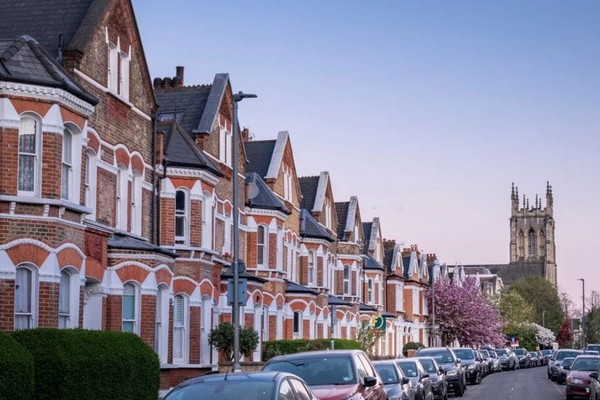
Older Properties
Georgian, Victorian, and Edwardian homes are celebrated for their charm and craftsmanship, but they also come with a range of maintenance challenges due to their age, original materials, and traditional construction methods.
Typical concerns include outdated plumbing and wiring, poor thermal insulation, structural movement, and damp-related problems. Materials that were once standard—such as lead pipes, lime mortar, and timber framing—can deteriorate over time or conflict with modern repair methods if not properly addressed.
Unoccupied older houses are particularly prone to damp and decay.
Without regular ventilation, heating, or general upkeep, moisture levels can rise quickly, leading to condensation, mould, and deterioration of internal finishes. Issues that might have been minor when the house was in use can become much more serious over time.
Understanding these common issues is essential before undertaking any renovation or repair work. Further down, we’ll explore these areas in more detail and explain how to manage them effectively while respecting the character and construction of historic buildings.
Lead Paint
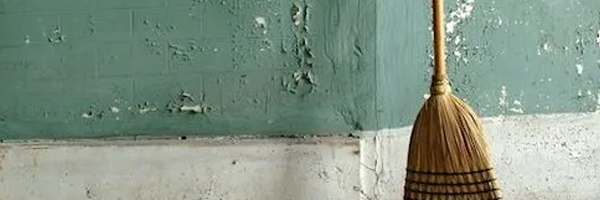
Lead-based paint was commonly used in homes built before 1992, especially in properties constructed prior to 1970. While intact lead paint poses little immediate risk, it can become hazardous if it begins to deteriorate or is disturbed during sanding, scraping, or renovation work.
Testing kits are available to check for the presence of lead paint. If it is confirmed and presents a risk—such as flaking, chipping or being located in high-friction areas like windows and doors—professional assessment and remediation may be required. Disturbing lead-based paint without proper precautions can release harmful lead dust and particles into the home environment.
Lead Plumbing
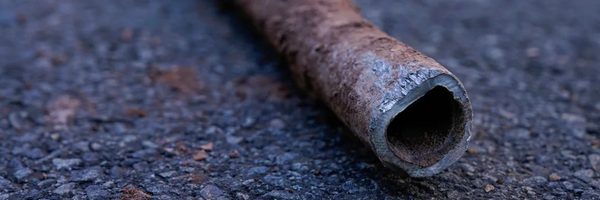
Many homes built before the 1970s may still have lead pipes or lead solder, which pose a risk of lead contamination in drinking water. Prolonged exposure to lead can be harmful, particularly for young children and vulnerable individuals.
To ensure safety, it’s important to inspect the incoming supply pipe. Replacing any remaining lead components with modern alternatives such as copper or plastic is strongly recommended to protect health and meet current water quality
Asbestos Presence
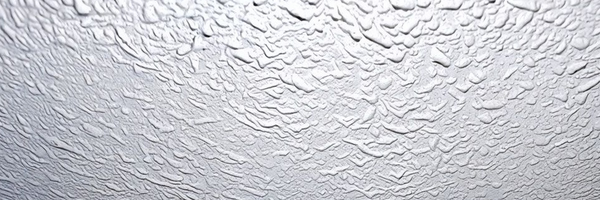
Asbestos was widely used in construction before 2000, commonly found in insulation, roofing materials, ceiling tiles, pipe lagging, and decorative finishes like Artex coatings. While asbestos is not dangerous if left undisturbed, it becomes a serious health risk when damaged or improperly handled.
If asbestos is suspected, a professional assessment is essential. Never attempt to remove it yourself—removal should only be carried out by licensed specialists who can manage the associated risks and ensure full compliance with safety regulations.
Damp and Moisture Issues
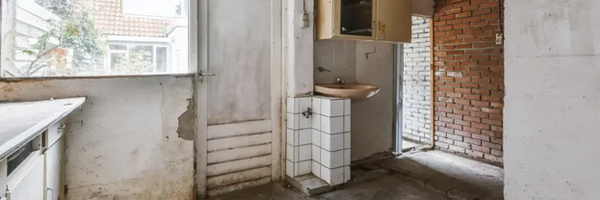
Solid walls, which are common in homes built before the 1920s, are particularly susceptible to rising and penetrating damp. Modern interventions, such as cement-based render or gypsum plaster, can trap moisture and worsen the problem.
Using breathable materials like lime plaster and lime mortar allows moisture to evaporate naturally, helping the building "breathe." It’s also important to avoid plastic-based paints and wallpaper, instead opting for mineral or lime-based alternatives to support a healthy internal environment and reduce condensation risk.
Fireproofing Deficiencies
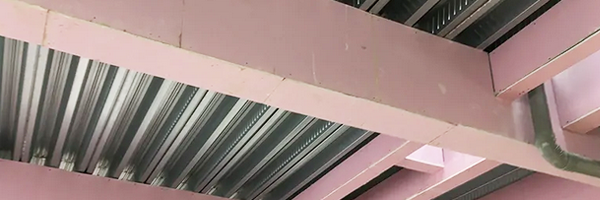
Older properties often lack modern fire-resistant materials, making them more vulnerable to the rapid spread of fire. Many traditional building methods did not incorporate the fire safety standards we rely on today.
Common issues include open gable ends, missing fire doors, and inadequate compartmentation, all of which compromise the building’s ability to contain fire. Upgrading with intumescent coatings, properly rated fire doors, and clearly defined escape routes can greatly improve fire safety and bring the property closer to current standards.
Structural Timber and Compliance
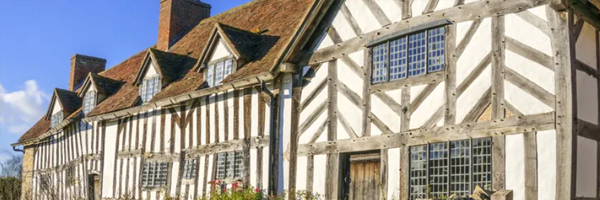
Older timber may not meet modern structural standards. It can often be undersized, span too far without support, or be prone to excessive deflection compared to what would be expected under current building regulations.
Historic alterations can also compromise original timber elements, reducing the overall stability and performance of the structure. Strength testing and reinforcement may be necessary to verify compliance and ensure long-term structural integrity, particularly if the building is undergoing renovation or change of use.
Thermal Performance and Insulation
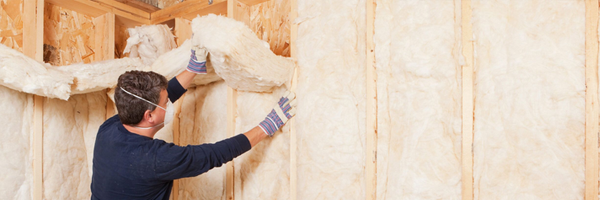
Older properties often have poor insulation, which can result in significant heat loss and higher energy bills. These buildings were not designed with modern energy efficiency standards in mind, so thermal upgrades are often necessary.
Plan insulation improvements carefully, as improper installation can lead to moisture build-up, condensation, and even long-term damage. Where appropriate, use vapour-permeable materials to ensure the building remains breathable while improving thermal performance and comfort.
Electrical and Gas Safety
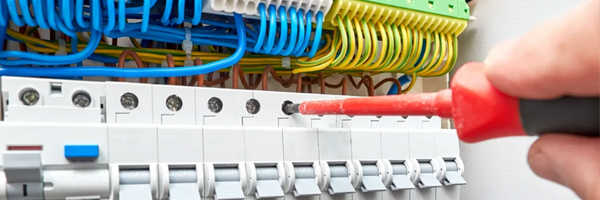
Wiring in older homes may be outdated, often featuring rubber or fabric insulation and lacking proper earthing. These systems can pose safety risks and may not comply with current regulations.
Upgrade old fuse boxes to modern consumer units with RCD (Residual Current Device) protection to greatly improve electrical safety. Gas appliances and pipework should also be inspected to ensure they meet current safety standards and are operating safely and efficiently.
Heritage and Planning Restrictions
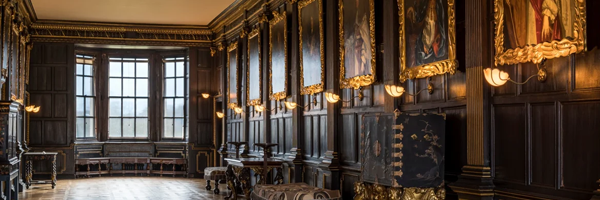
Listed properties or those located within conservation areas face restrictions on modifications, as these protections are designed to preserve the architectural and historical significance of the building.
Renovations often require the use of traditional materials to maintain the original character of the property. In many cases, consent from local planning authorities may be required before carrying out repairs, alterations, or extensions—so it’s essential to check regulations early in the planning process.
Subsidence and Foundation Issues
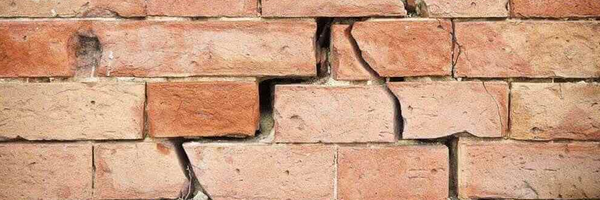
Older buildings may have shallow or non-standard foundations, which makes them more vulnerable to subsidence. This is often due to factors like tree roots, clay soil movement, or long-term settlement of the structure.
Common warning signs include cracks in walls, uneven or sloping floors, and doors or windows that stick or no longer open smoothly. Typical remedial treatments include underpinning and piling, but it's essential to consult a structural engineer to assess the extent of the issue and determine the most appropriate solution.
Older properties can be full of character, but they also come with a unique set of challenges. Common issues include outdated materials, limited fire safety, poor thermal performance, and hidden hazards like lead or asbestos.
Knowing what to look out for can help you plan your house purchase and renovations more effectively.